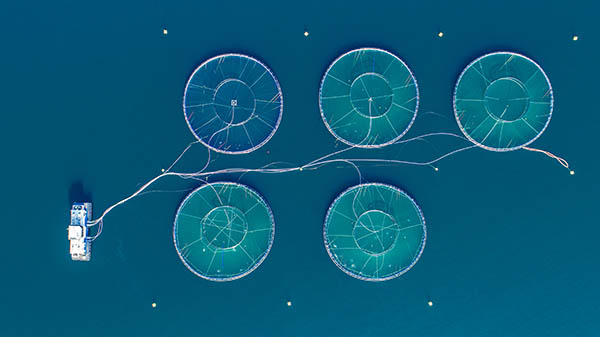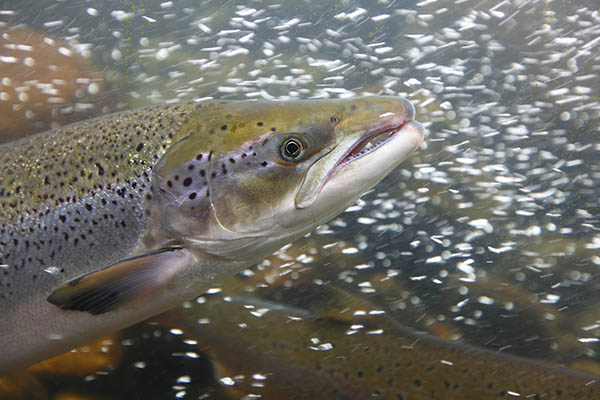- PRODUCTS
- MODEL LIST
- APPLICATIONS
- SUPPORT
- SALES/SERVICE
- BLOG
- ABOUT
Aquaculture

Demand for seafood is increasing while many wild fish stocks are in decline. As the global human population grows, enjoying a meal sustainably caught from the sea is becoming a luxury. Meanwhile, the income of commercial fishing crews is declining with each passing year. To sustainably feed a growing population, we must look to the future and create new economic opportunities informed by science.
What parameters are important to measure for aquaculture?
To keep aquaculture environmentally and economically feasible, new regulations that weave science into seafood production are crucial. In 2007, an outbreak of infectious salmon anemia (ISA) stalled the rapid growth the Chilean salmon farming industry, prompting an immediate response. In the years since, applying knowledge of the environment’s capacity to support aquaculture has improved the yield and prevented large-scale spread of disease. Today, new regulations (FIPA 2016-68) are leading the country into the future of safe, sustainable aquaculture, guided by an expert panel of scientists.
What risks do aquaculture plots face?
Most marine aquaculture occurs in the open ocean with pens to contain the farmed fish, or nets and moorings to arrange shellfish or seaweed. But not all locations are suitable – integrating an artificial aquaculture plot with the natural environment can impact the surrounding water and impose a risk to the farmed species. Working alongside scientists, the aquaculture industry is utilizing the same tools used by oceanographers and biologists to understand their impact on the environment and optimize their production. Operators of fish, and shellfish, and seaweed farms, when properly informed, can provide safe and sustainable seafood.
What sensors can benefit aquaculture monitoring stations?
Case Studies
- Case Study - Paul Allen Foundation pH Sensors, Greg Ikeda, December 2018
- Case Study: Autonomous Systems Help To Understand Nutrient Sources Within The St. Lucie Estuary, Ian Walsh, December 2017
- Case Study: Measuring Nitrate in Puget Sound Using Optical Sensors, Sea-Bird Scientific, November 2017
- Case Study: Long-Term Water Quality Monitoring Deployments with the Sea-Bird Scientific HydroCAT-EP, Doug Wilson et al. May 2017


